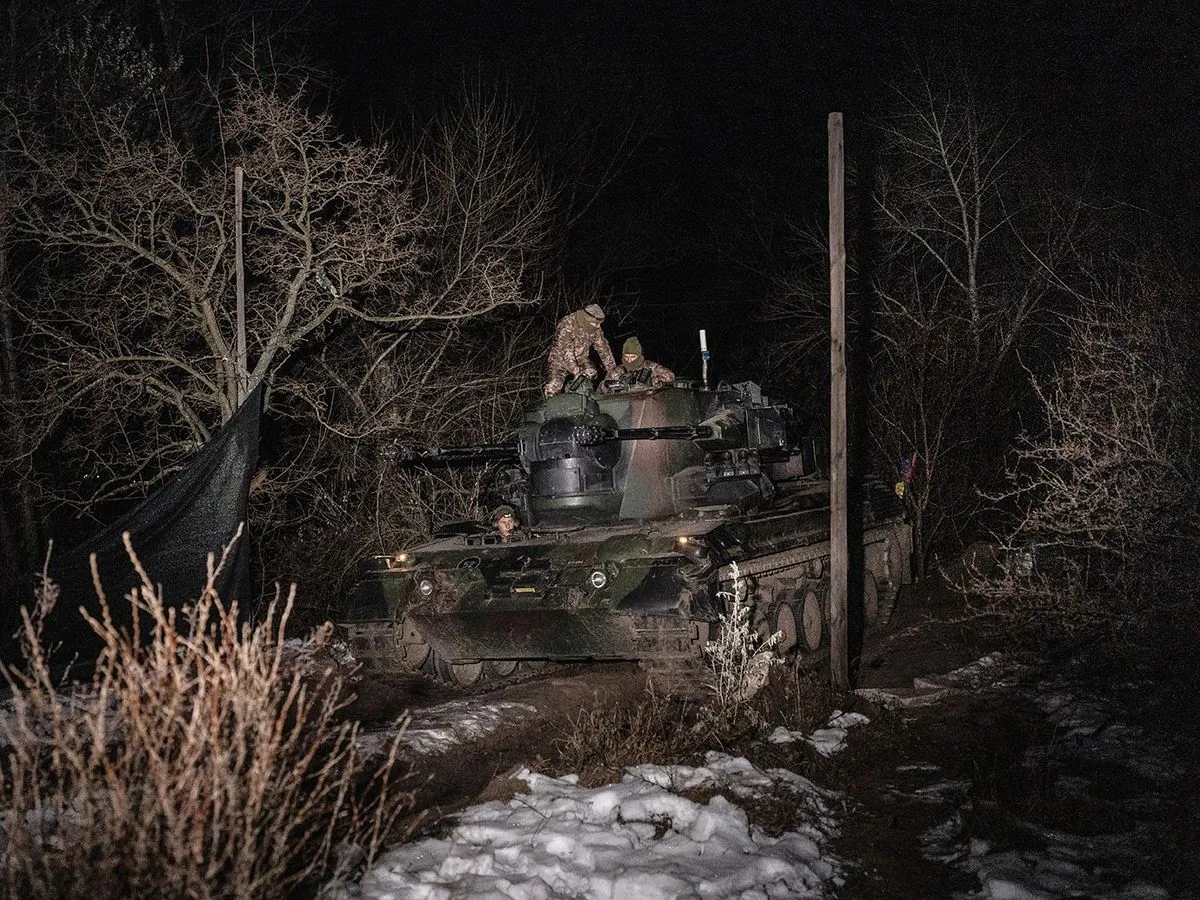In the early hours of September 6, 2024, Ukraine faced a significant aerial assault from Russia, demonstrating the persistent nature of the conflict that began over two and a half years ago. Ukrainian air defense systems played a crucial role in mitigating the impact of this large-scale attack, which targeted multiple regions across the country.
According to Ukraine's air force, they successfully intercepted 27 out of 44 Russian-launched drones, with an additional eight likely neutralized by electronic warfare tools. This highlights the increasing importance of advanced technology in modern warfare, particularly in countering unmanned aerial threats. The air force also reported the use of two missiles in the attack, showcasing the diverse array of weapons employed in the ongoing conflict.
The assault affected several Ukrainian regions, each experiencing varying degrees of damage and casualties:
- In the northeastern Kharkiv region, bordering Russia, a missile strike damaged residential buildings in Liubotyn, injuring three individuals.
- The central Dnipropetrovsk region, a key industrial area, saw its air defenses intercept five drones and one missile. The attacks resulted in two injuries, damage to over 12 homes, and impacts on power lines and gas pipelines.
- In western Ukraine, typically considered safer, Lviv experienced drone debris falling in an industrial zone, igniting fires in four trucks. A team of 32 firefighters successfully extinguished the blaze by morning.
- The southern Mykolaiv region, strategically located near the Black Sea, reported the interception of seven drones and a fire caused by falling debris, which was promptly contained.
This latest assault underscores the ongoing toll of the conflict on civilian infrastructure and the critical role of emergency services in mitigating the impacts of attacks. It also highlights the continued importance of international support for Ukraine's air defense capabilities, which have been bolstered by Western allies since the conflict's inception.
The targeting of civilian areas and infrastructure raises concerns about compliance with international law, which prohibits deliberate attacks on non-military targets. As the conflict persists, its economic consequences continue to reverberate throughout Ukraine, affecting energy supplies and displacing countless civilians.
Despite the challenges, Ukraine's ability to intercept a significant portion of the incoming threats demonstrates the effectiveness of its evolving air defense strategies. As the war approaches its third year, the resilience of Ukrainian defense forces and civilians remains evident in the face of ongoing aggression.
"We successfully intercepted 27 out of 44 Russia-launched drones, with eight more likely downed by electronic warfare tools."
This incident serves as a stark reminder of the ongoing conflict's impact on daily life in Ukraine and the continuous need for international attention and support to address the humanitarian and security challenges posed by the prolonged aggression.
